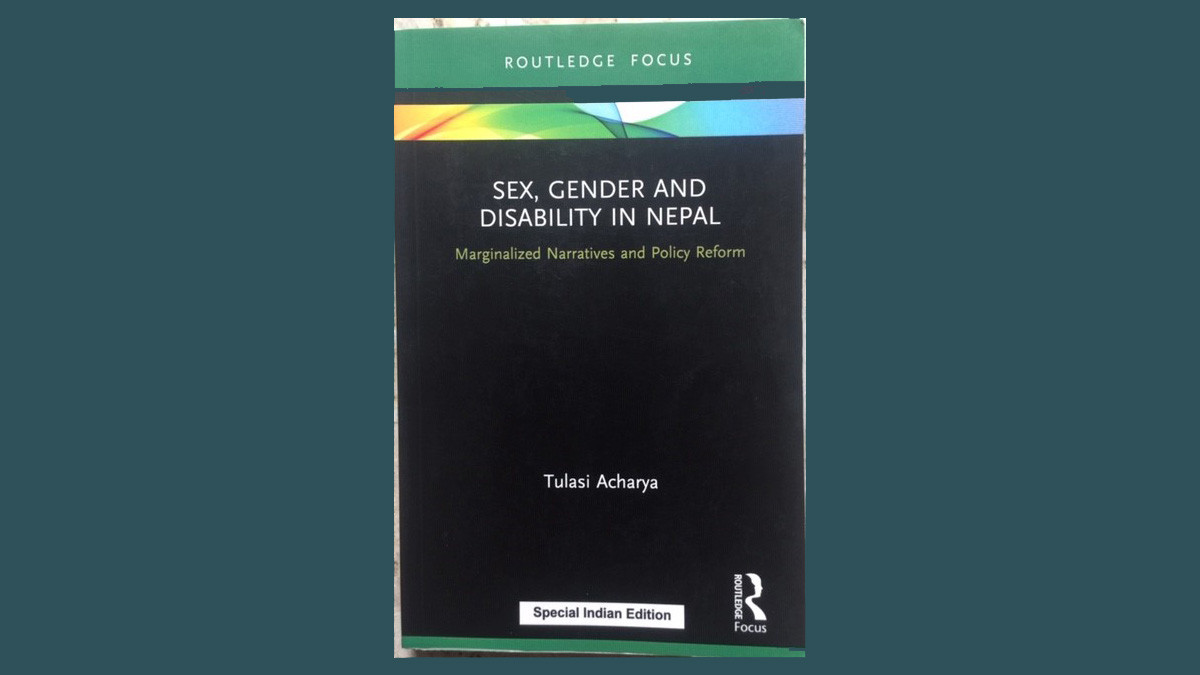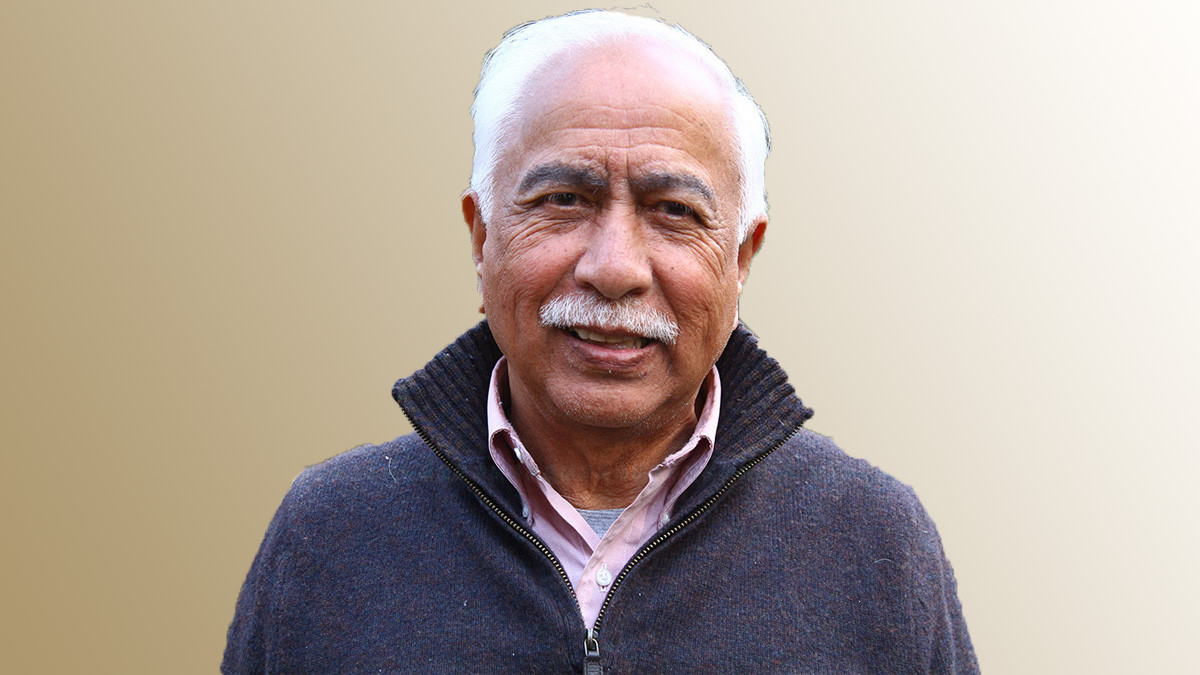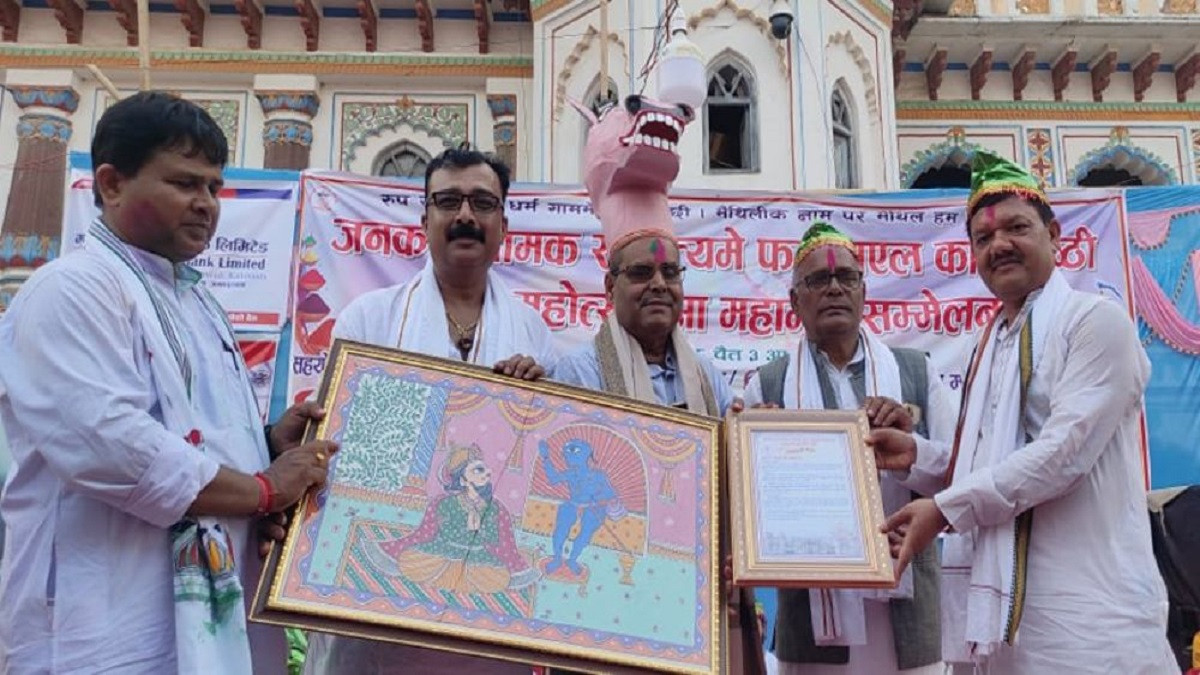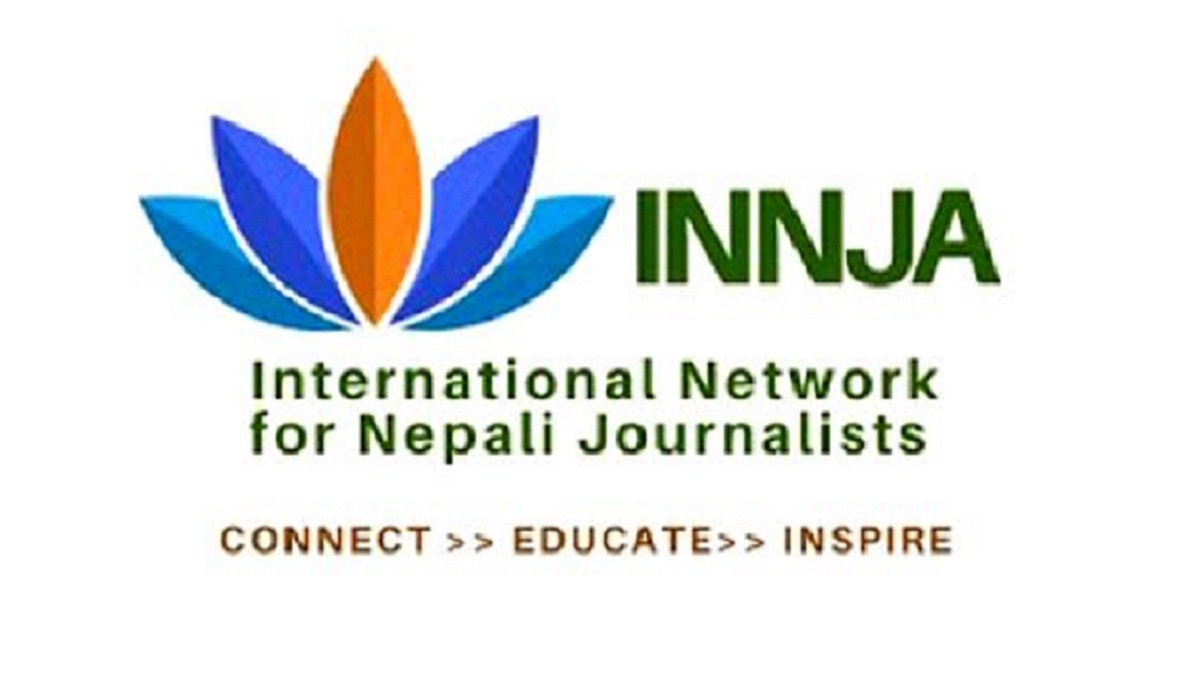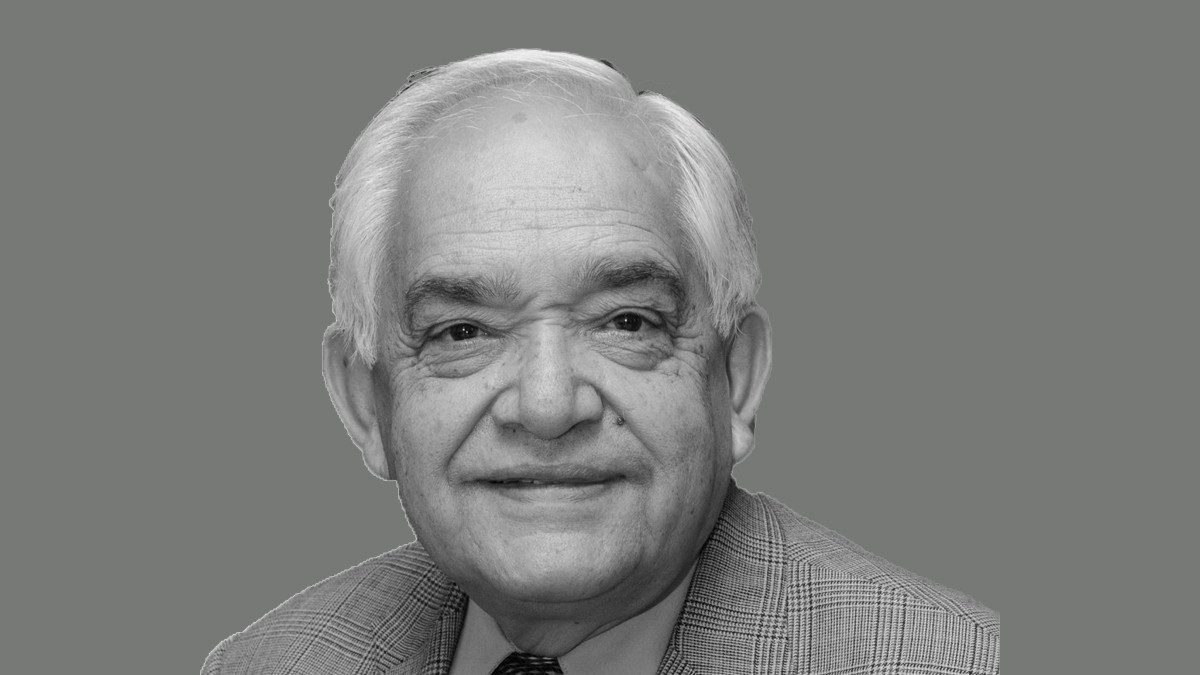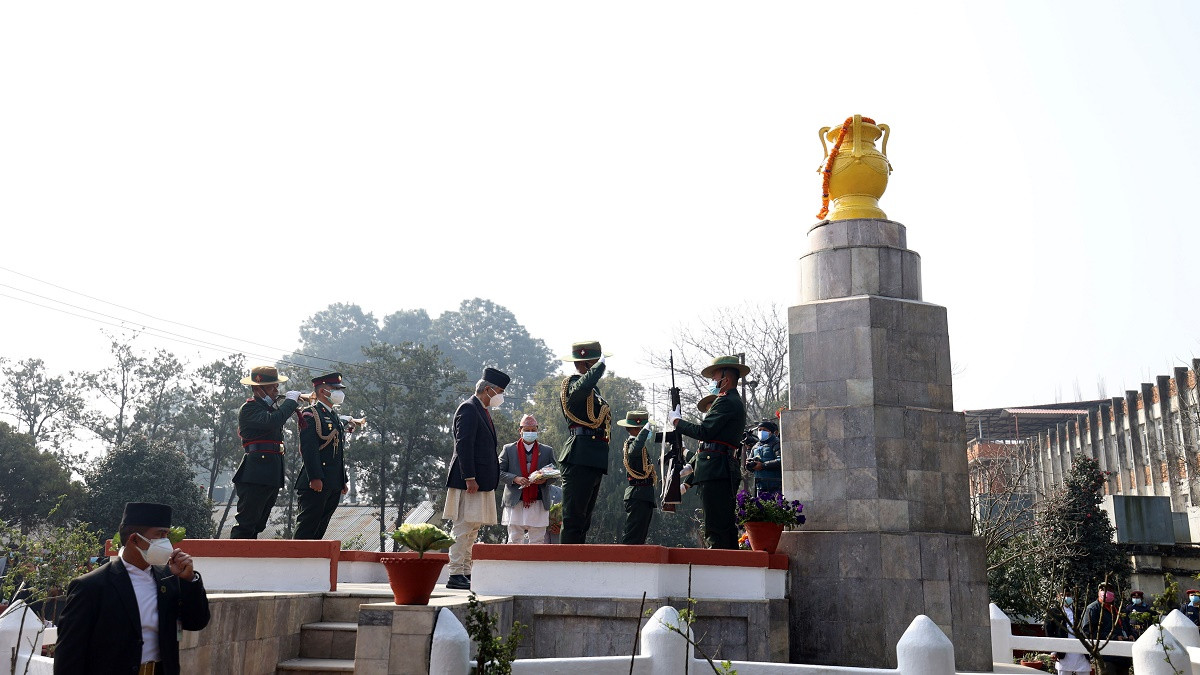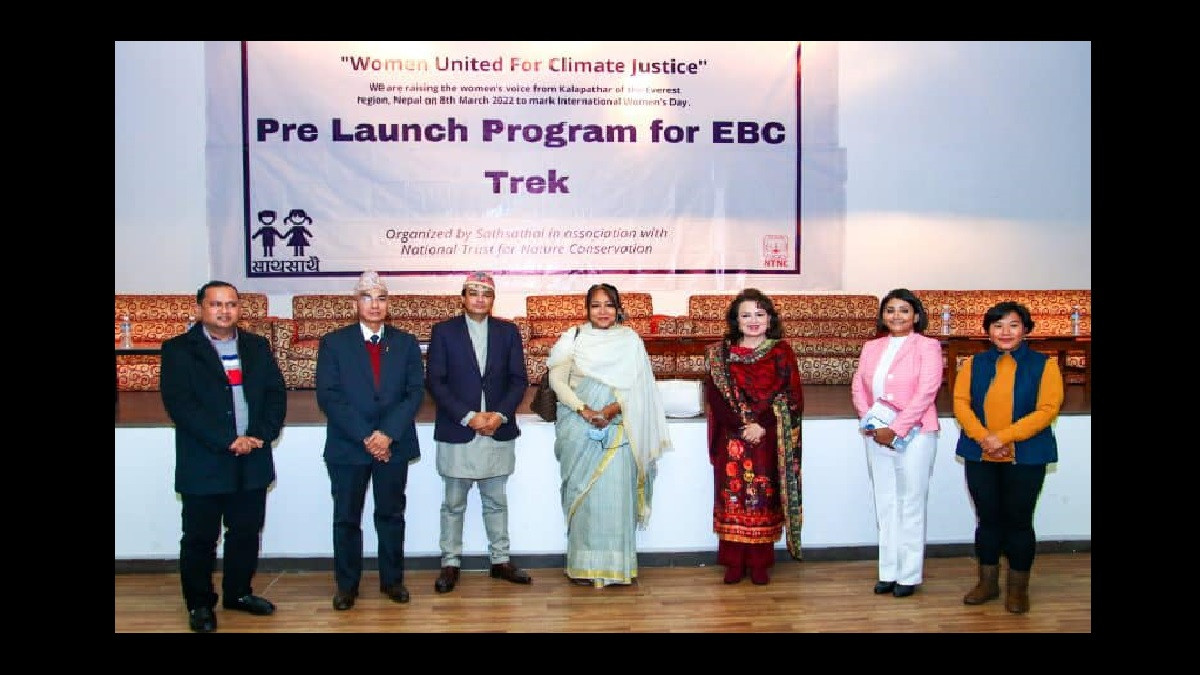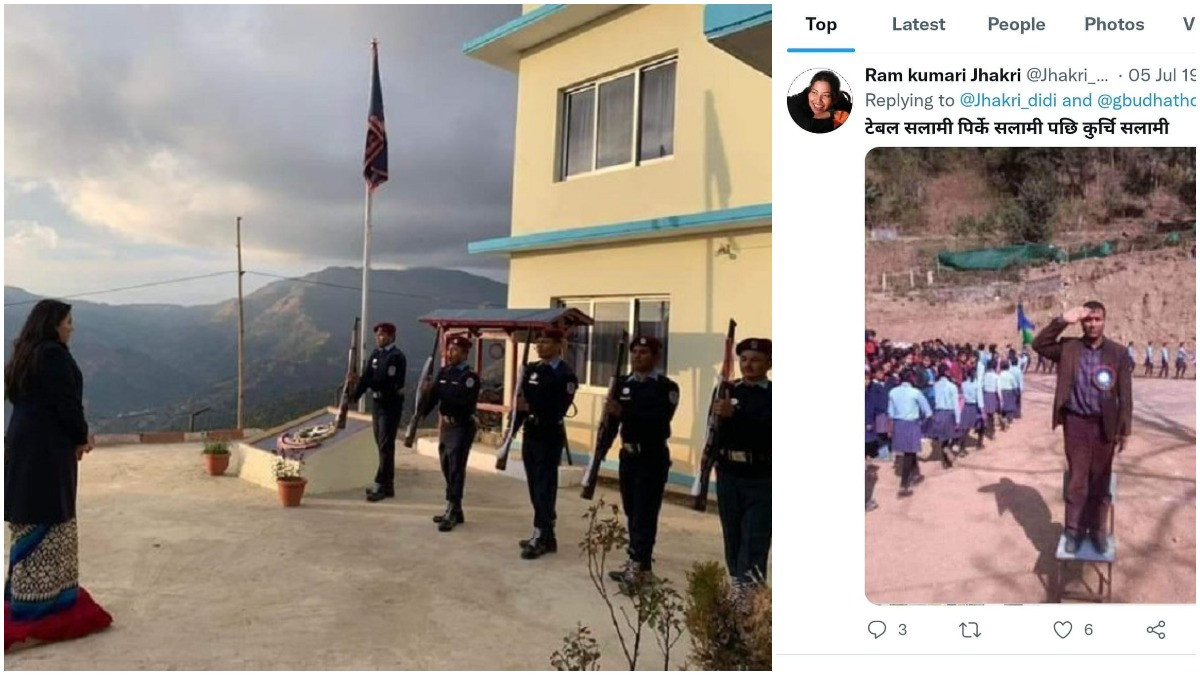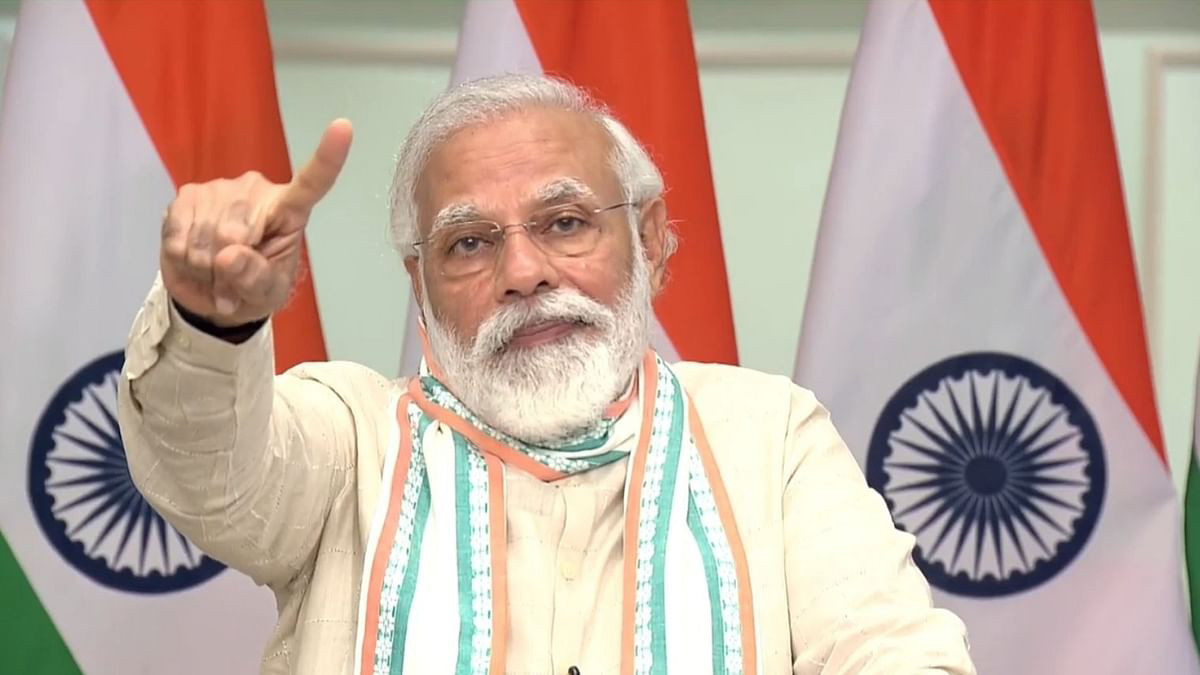 Indian Prime Minister Narendra ModiSocial Media
Indian Prime Minister Narendra ModiSocial Media
There is a saying in journalism: “If your mother says she loves you, question it.”
For journalists in India, this question has taken on a whole new meaning of late: does ‘Mother India’ still love a free press?
Nation states around the world have always had a precarious relationship with the media — often referred to as the fourth pillar of the state. Theoretically, a free press is one of the cornerstones of a vibrant democracy, acting as a watchdog against government excesses, holding the powerful accountable and giving a voice to the voiceless. It is for these very reasons that the state often finds itself at odds with the media.
Media in Modi’s ‘new India’
The current regime under the leadership of Prime Minister Narendra Modi’s Bharatiya Janata Party (BJP) has promised the dream of a “new India”. Unfortunately, an independent media is not really invited to be part of this dream. In fact, the incumbent government shows a contempt towards a free press unlike that professed by any other government in India’s history.
There is good reason for this contempt and of course, it comes from the very top. Prime Minister Modi hates to be questioned and hates it even more when the media challenges his narrative.
This is why in the over seven years he has been in power, Modi — the leader of the largest democracy of the world, the leader of a party that claims to be the biggest in the world in terms of membership, the leader of a party that enjoys an overwhelming majority in parliament — has not addressed a single press conference.
Meanwhile, his interviews to ‘friendly’ media houses have reportedly all been fixed and aimed more at eulogising him, rather than asking him pressing questions.
Since 2014, Modi has also stopped including members of the mainstream media in his entourage when he travels abroad. Only a couple of agencies are allowed to travel with him while other journalists, who wish to cover his foreign visits, must do so independently. Unlike his predecessors, Modi has also never felt the need to inform the nation about the outcome of his foreign visits.
The trickle down effect
With the head of the state holding the media in such contempt, it is a no-brainer then that the press is in dire straits. To ensure its survival, a large section of the mainstream media has thus converted into torchbearers of the government’s majoritarian agenda. Those that have so far refused to conform find themselves at the receiving end of scathing attacks by government functionaries and troll armies.
The Press Club of India, a prestigious body of journalists, recently noted that the media today faces a higher level of threat to its existence than it has at any other time in the history of independent India. In a panel discussion to mark its founding day, members observed that the incumbent government was doing everything in its power to muzzle the media. At the same time, the journalists vowed to protect the rights of the media and in doing so, the country’s future.
A day before the event in January, the government banned a regional news channel, Media One, based in the southern state of Kerala, citing "security reasons". This is the second time in two years that the channel has been taken off air. The Malayali language station is known for journalistic endeavours that have often been critical of the ruling BJP government and its policies.
The situation is even more dire in Kashmir, where the government actually introduced a new media policy in January 2020, giving authorities more power to censor news in the region. According to New York-headquartered Human Rights Watch, "since 2019, journalists have been routinely summoned to police stations for questions on their work and their social media posts, threatened with jail if their work criticises the authorities, and pressured to self-censor".
In January, Sajad Gul — a 26-year-old student and trainee reporter with a local magazine The Kashmir Walla — was booked under a draconian law — the Public Safety Act — for sharing news that questioned the narrative of the local administration.
Gul had interviewed the family members of a man — described by the authorities as a militant — killed in an ‘encounter’. Officials accused him of broadcasting an “anti-government” story and not highlighting the “development work” being done in the region.
A month later on Feb 4, police arrested the editor-in-chief of Kashmir Walla, Fahad Shah, for allegedly sharing social media posts with "anti-national content" with "criminal intention" that aimed to disturb law and order.
Last month, the government also revoked the license of the Kashmir Press Club, depriving local journalists a space where they can exchange ideas and discuss the latest developments. Media persons across India expressed outrage at the blatant violation of journalists’ rights in Kashmir, but the government was unmoved.
There is also “simmering unrest” among journalists whose accreditation has not been renewed by the government. For the first time since the 1950s, the annual renewal of the press card issued to accredited journalists by the Press Information Bureau — an arm of the Information and Broadcasting ministry — has not taken place. The validity of the old card has simply been extended until April this year.
Meanwhile, the new accreditation policy announced a few days ago lays stringent conditions for journalists to follow. For example, a journalist may lose their accreditation if they “act in a manner which is prejudicial to the sovereignty and integrity of India, the security of the state, friendly relations with foreign states, public order, decency or morality or in relation to contempt of court, defamation or incitement of an offence”.
In the first week of January, the Press Club of India penned a letter to the government, saying, “the move is heedlessly and needlessly aimed at suppressing coverage of news and views gathering”.
The letter, written on behalf of several journalists’ bodies, accused the government of trying to curtail press freedom and exert pressure on journalists. The same journalists, a month earlier, complained to the government about the curtailment of their rights to cover parliamentary proceedings. In fact, the kind of restrictions and limitations that have been imposed on media coverage of parliamentary proceedings, does not find any parallel in India’s history.
Survival of the ‘loyalists’
It’s not like the Modi regime doesn’t give weight to media coverage. They are, in fact, fully aware of the power of the narrative, which is why besides using several instruments to subjugate the mainstream media, the BJP has cultivated a symbiotic relationship with a large section of private media houses that are willing to do its bidding. The latter not only plays a proactive role in serving the government’s agenda, but also endeavours to silence any voices of dissent.
This ‘friendly’ media has effectively become an extended arm of the Hindu right wing and is working overtime to realise the divisive agenda of the ruling party, not just on the mainstream media, but on social media platforms too.
Through their actions, these media houses and individuals associated with them have created an atmosphere, wherein violence against the marginalised and members of religious minorities is portrayed as an act of nation building, where divisive politics and Islamophobia are normalised and where the systematic dumbing down and crushing of voices of the people of Kashmir is sold as a nationalist act.
Instruments of fear
Amid all this, independent journalists who show any spine are vilified and harassed through various instruments. Recently, Delhi-based online publication, The Wire, unearthed the use of a very sophisticated app — Tek Fog — being used by right wing Hindutva forces close to the BJP to hijack social media and WhatsApp platforms in order to amplify the ruling party's majoritarian propaganda.
The application, which is not available on any app stores, is used to artificially inflate the popularity of the BJP, manipulate public perception on social media platforms and troll female journalists having independent points of view.
Besides, the Modi regime has also been accused of using the Pegasus software — a military-grade spyware developed by an Israeli firm — to spy on journalists and opposition leaders. While the revelation about its use was followed by fervent denials from official quarters, it has instilled a sense of paranoia among journalists, many of whom no longer feel safe using their phones for news gathering purposes.
Such a systematic attack on free speech has never been witnessed in free India. The Modi government, which came to power through a popular mandate, has now become a danger to India’s civil society and threatens the very foundation and principles of democracy that have been sustaining the world's largest democracy for over 70 years.
And while the media has been its strongest target, the other three pillars also find themselves on shaky ground, raising worrying questions about the future of democracy in India.
This article was published in dawn.com news weboportal.
The article is written by New Delhi based Sanjay Kumar who covers South Asia.
Kumar is a keen observer of politics in India and the subcontinent and has experiences of over 15 years in journalistic career. A news reporter, columnist, commentator, producer and blogger, Kumar does not confine himself to one particular genre in journalism.

